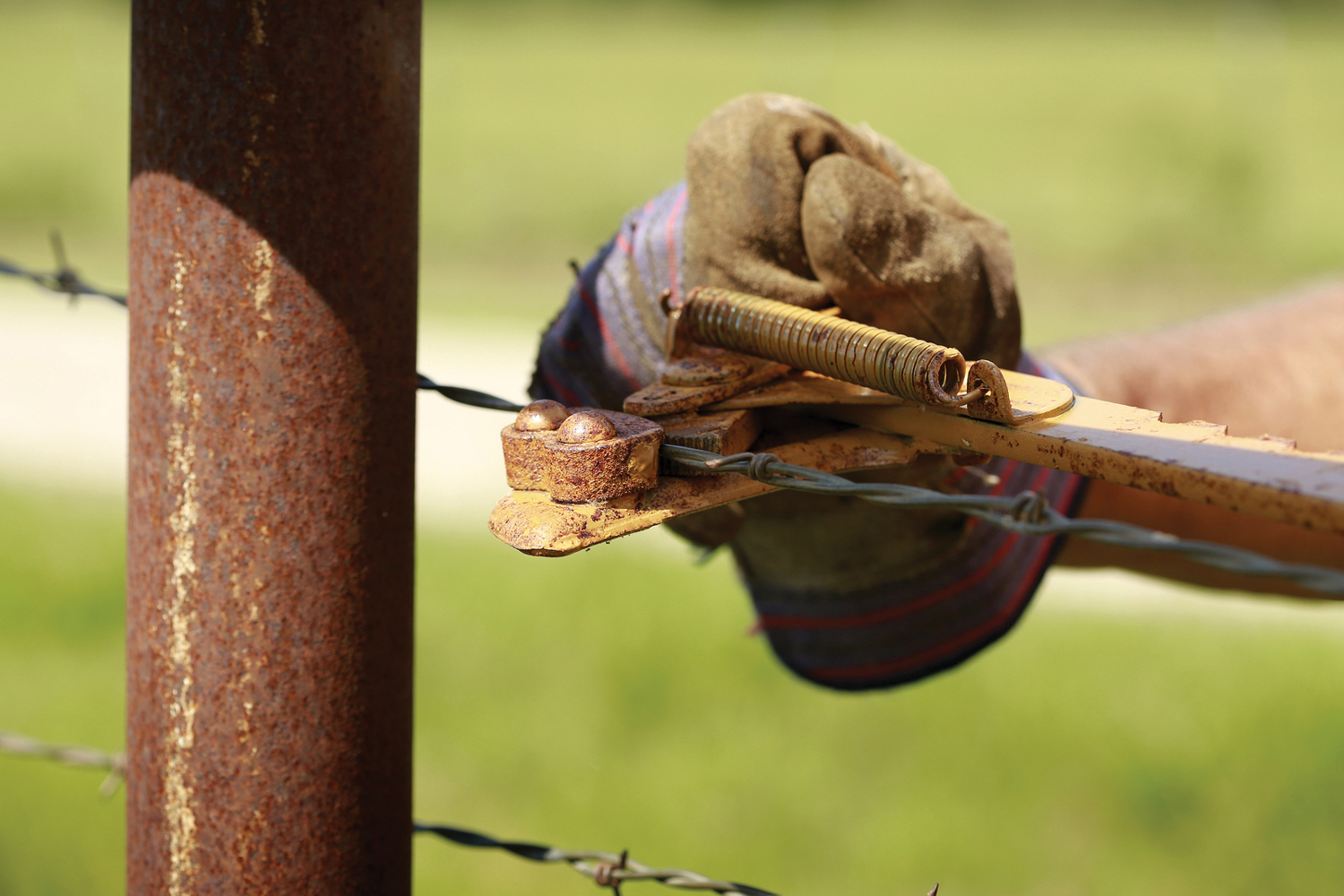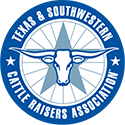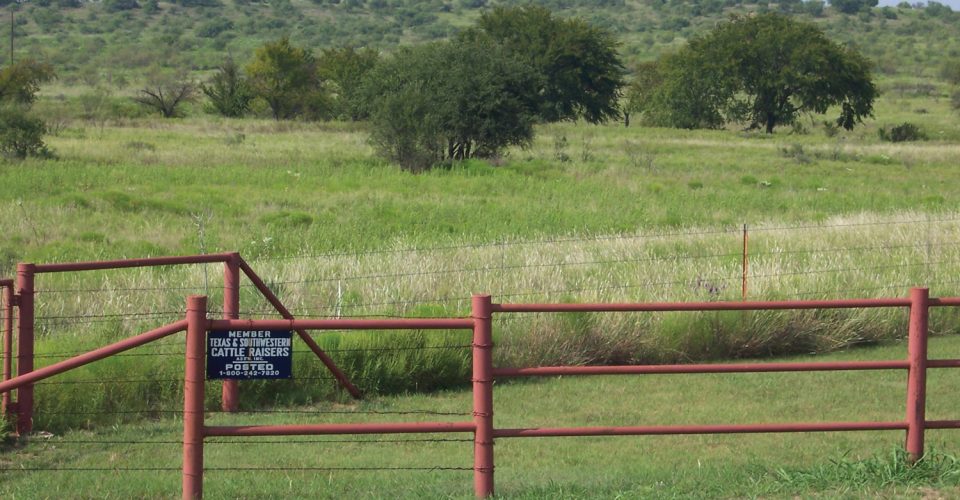Fence Repair and Maintenance

By Kristin Lewis Hawkins
Regular maintenance on wire fence will greatly improve its effectiveness and longevity. Fencing can be one of the most expensive and important investments you can make in your operation and is your first line of protection to keep your animals safe — and to keep danger out.
While no fence will last forever, there is a lot you can do to keep it in good working order for many years.
Regular inspection of fences should be part of an ongoing maintenance program. Schedule time to observe the entire fence line on a regular basis. While you can see the fence and posts are still standing, an up-close view will be the best and only way to make sure posts are sturdy and the wires are tight.
Things to keep in mind when maintaining fences:
- Inspect fences after storm events. Promptly repair or replace damaged or broken fencing.
- Gather and properly discard all broken fencing material and hardware to prevent ingestion by animals or injury to equipment, people, or animals.
- Remove debris collected in the fencing, through washes and near water flows.
- Clear the brush and growing trees from fence lines. Vegetative control can be achieved by herbicides applied per the manufacturer’s label.
- Remove fallen limbs and maintain proper tension on the fence wires. Overhanging trees and limbs should be trimmed or removed as needed.
- Maintain proper tension on the fence wires.
Fence tools to have on hand
- fence stretcher
- spare wire, joiners, connectors
- fencing pliers (hammer, pry and cutter)
- leather gloves
There are many specialized fence repair products available, including wire tighteners, splicers, stretcher tools, joiners and more. Visit with your local ranching supply store or fence manufacturer and service for advice and more information.
When checking a fence:
- Check anchor post assemblies
- Refasten loose wires
- Splice breaks
- Keep proper wire tension
- Use quality materials
Keep your fence lines clean
Trees and weeds growing up on fence lines can stretch wires, create gaps and be a general nuisance. Removing brush and weeds helps prolong the life of the fencing and reduces breakage. As trees grow through the fence, the wire can be stretched or may break when limbs fall. In addition to gaps in the fence that allow livestock to roam, loose wires can pose a physical hazard for livestock and equipment.
Removing brush also reduces the fuel load along the fence line and limits the amount of heat damage to the wire and posts during a fire. Clean fence lines also serve as fireguards as wildfires move through. Your volunteer fire department will appreciate being able to easily drive around a property when putting out wildfires.
The challenge is to determine the best method for removing brush in your fence line. Options include mechanical, chemical and cultural practices or a combination of these. Visit with a forage specialist or county Extension Agent to assess your needs and develop a plan to discourage growth in fence lines and manage fire breaks or clean inspection trails next to your fence line.
The Natural Resources and Conservation Service can also provide helpful information and technical assistance for landowners. Visit nrcs.usda.gov or call your local NRCS office for more information. ❚
“Fence Repair and Maintenance” is excerpted from the October 2017 issue of The Cattleman magazine.

